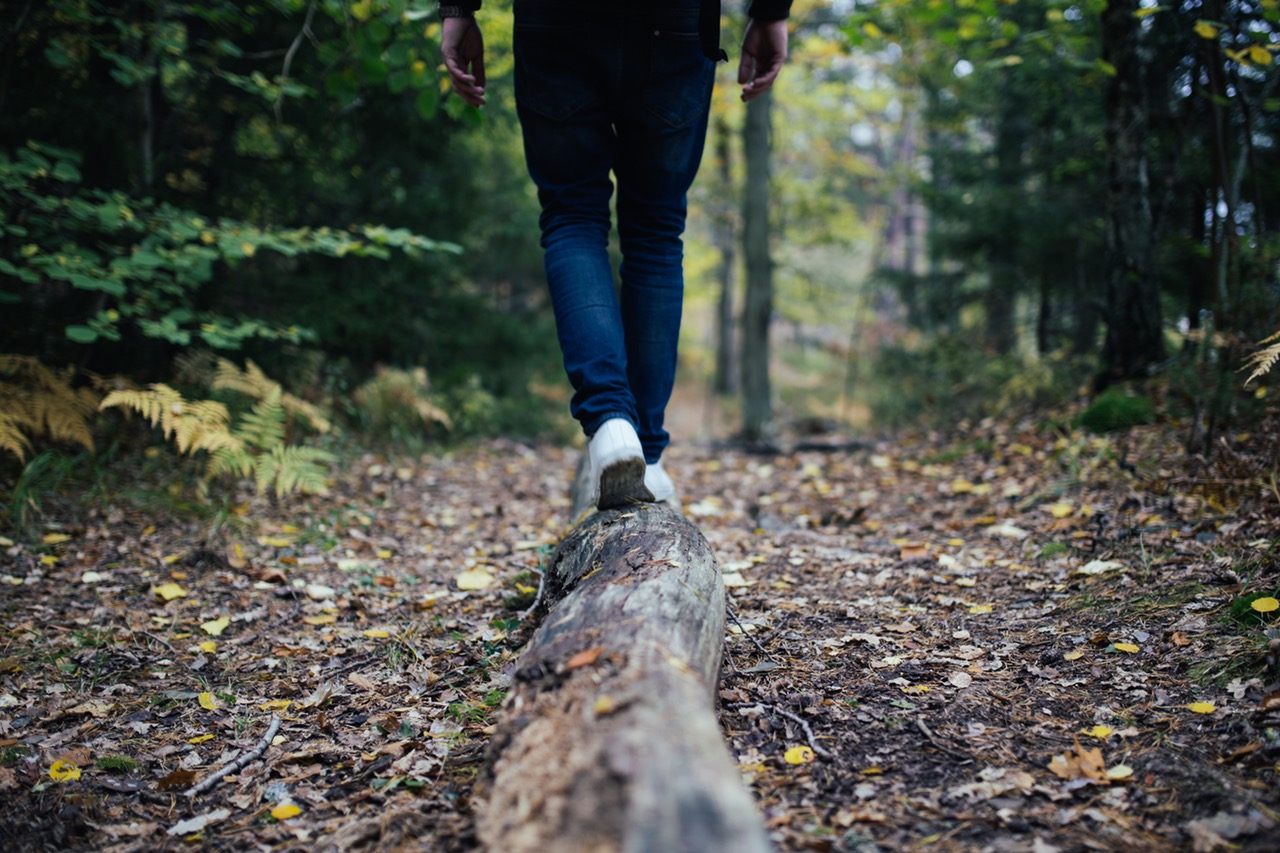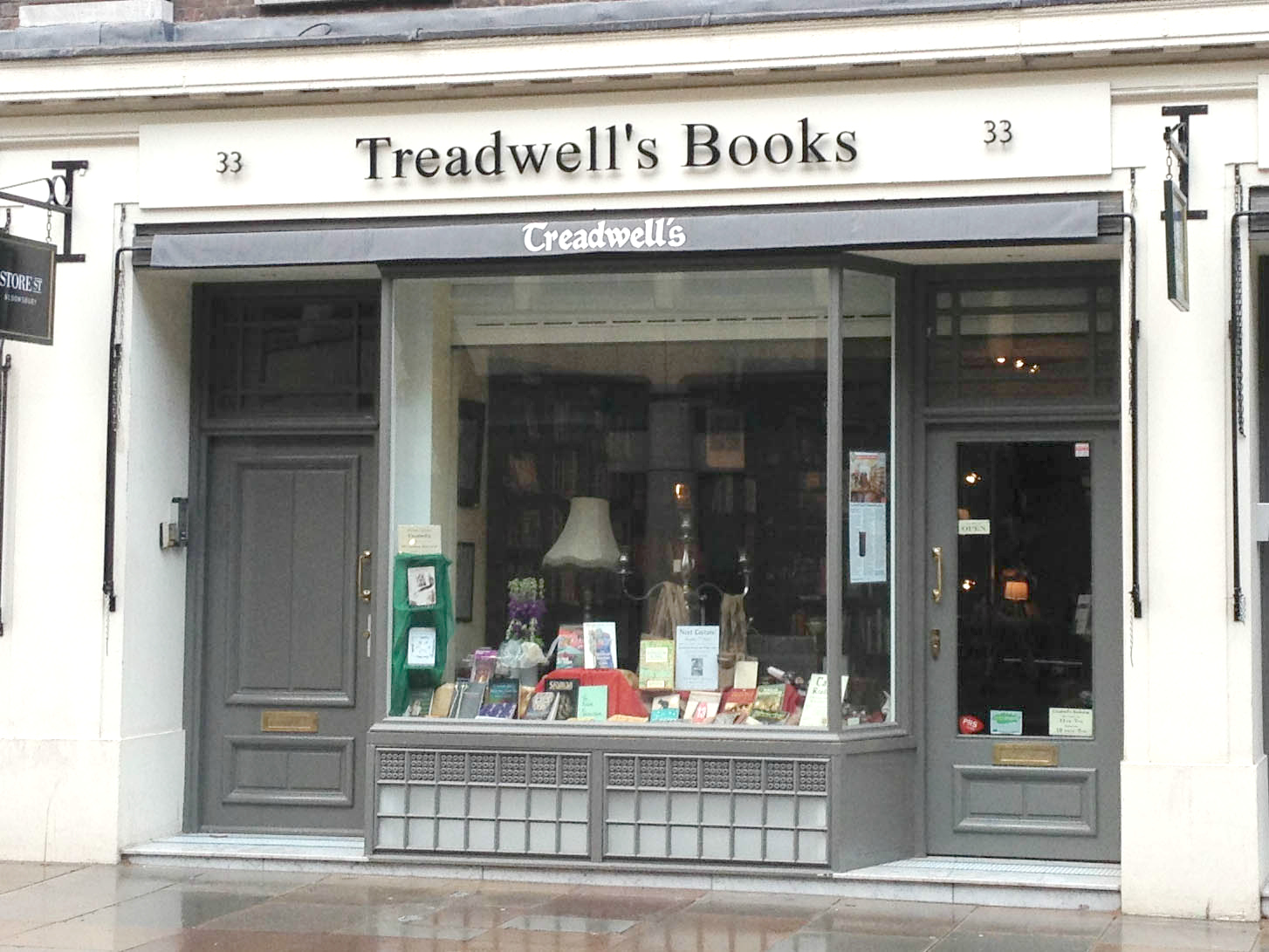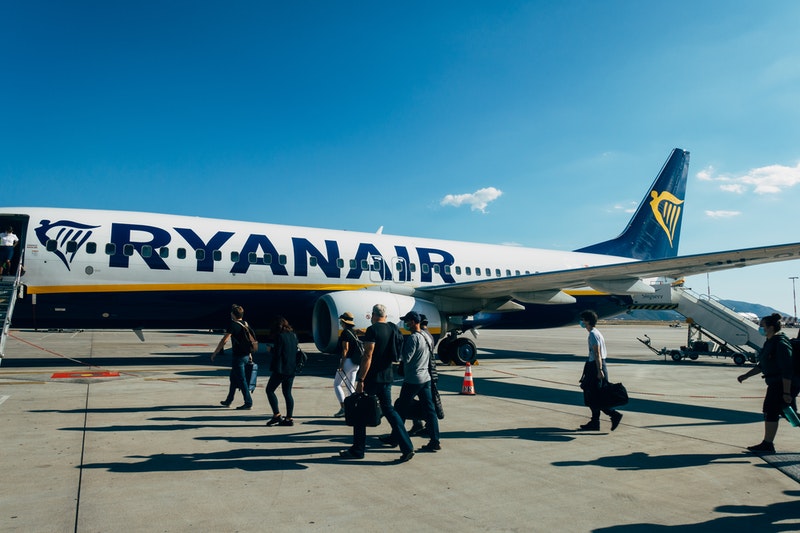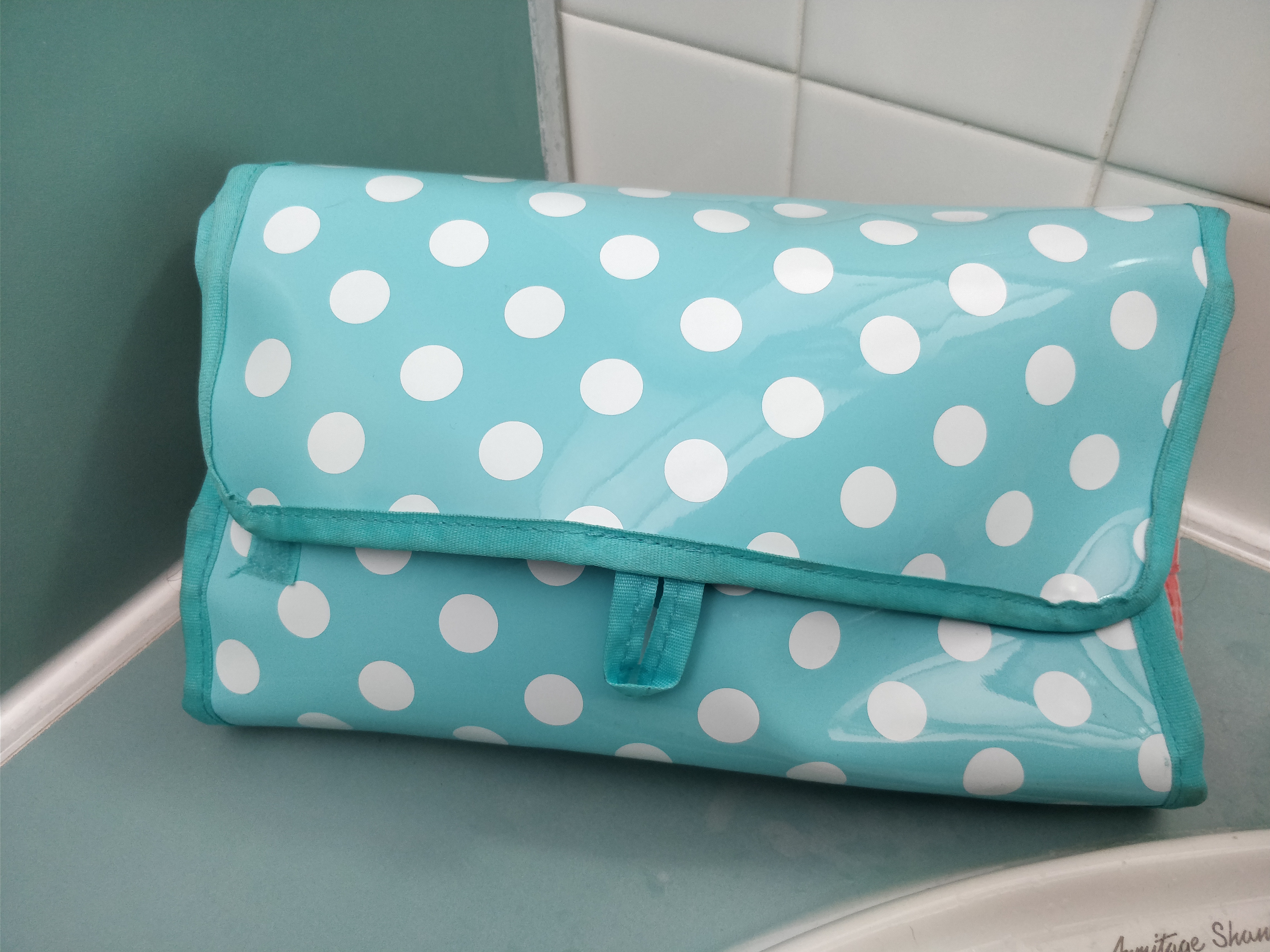Interesting Facts You May Not Know About London Bridge

It Was Designed To Be The Home Of Arts In London
In the Tudor era, The Globe and The Rose – two of the first theatres built for a specific purpose in the world, were constructed in the area to showcase the works of the leading dramatists of the time such as Shakespeare, Jonson and Marlow. During this period, Borough Market was one of the most famous destinations to both residents and visitors renowned for its food markets and inns – with one of the most famous being The Tabard which was featured in Chaucer’s Pilgrims’ Progress.
During the 19th Century, the shorelines and docks at Southwark were dominated by warehouses to store goods coming in from all corners of the globe with industries such as tanning factories built expanding southward towards Bermondsey. Once the war efforts were concluded, the industries and docks that dotted the area slowly started being phased out and this is when the true restoration of Southwark started in earnest.
At the moment, Southwark and the London Bridge have regained their spot as the true home of the arts globally. Today, Shakespeare’s Globe which has been reconstructed and designed like the original Globe of Tudor times currently offers full programmes of Jacobean and Elizabethan drama. The area hosts The Tate Modern – one of the most famous and popular art galleries worldwide which showcase exquisite art from diverse artists within its galleries and dramatic art installations in the Turbine Hall.
It Is Home To The Oldest Market In London
Southwark is home to Borough Market –the oldest market in London which has been in use for over a century. Prior to being moved to its current site on the south side of the Cathedral, the market was located in Borough High Street but it had to be relocated due to complaints that its many patrons were causing traffic congestion within the city.
The Larder Garden – a structure made of glass and Victorian cast iron within Borough Market was originally built as an area where food produce from Kent could be sold to traders. Today, the Larder Garden is home to restaurants, eateries, and food stalls that sell fresh and wholesome food produce sourced from all over Britain.
Nearby, there is a line of old railway arches that now house Vinopolis – a place where wine connoisseurs can enjoy vintage fine wines. Further along on the east, there is a reconverted old barge wharf which houses the Hay’s Galleria which is home to many restaurants, cafes, bars and shops all designed within a dramatic glazed vault.
The George – the only surviving coaching inn in London still stands having withstood the tests of time. It still houses picturesque galleries overlooking the area that once housed the old railyard which once echoed with the sounds of stagecoaches moving taking passengers south. At the moment, the yard now houses restaurants and pubs that serve delectable cuisine and some of the finest ale in the country to patrons.
It Is Home To Some Of The Finest & Grandest Architecture In Europe
The drive to revive and renew Southwark has been marked by a huge rise in property developments. Many of the old warehouses along the shores have been converted into amazing luxury residential apartments that offer residents exquisite views of the river below. According to estate agents London Bridge, Southwark is one of the hottest property markets in London.
Some of the major developments include the renovations around Tower Bridge with the old Hay’s Wharf being converted to the Hay’s Galleria which houses shops, restaurants and cafes, and, the renovations around the Shad Thames area whose dilapidated warehouses have been converted into luxury residential apartments.
One key thing to note is that the London Bridge area is home to some of the most modern and grand architecture across Europe. For example, The Shard by Renzo Piano – a world-renowned landmark and the tallest building in Europe is located here.
Did You Know?
The first London Bridge was constructed by the Romans around 55AD. On completion, it was fortified around the Southern end which is how the town that grew around the bridge came to gain the name Southwark. In Old English, the name ‘Southwark’ means ‘Southern Fort’.
Popular Things To In/Around London Bridge
Southwark has some of the longest, well-maintained riverside walkways in London that feature parks, well-maintained cobbled streets and a lot of joints where you can take diversions to enjoy different offerings. It extends all the way from the Globe and Tate at the Bankside where you can enjoy amazing dishes at one of the many restaurants or enjoy the antics of street performers. Once at the Bankside, you can then cross the Thames to the city on the grand Millennium Bridge, onwards to Tower Bridge where you will find Potter’s Field Park which surrounds City Hall. Past City Hall, Southwark’s riverside walk weaves through old wharves past Jacob’s Island onto Bermondsey.
In Southwark’s interior, you will find many parks including the exquisite Red Cross Gardens and Leather Market Gardens. The inland also hosts many health clubs and gyms with state-of-the-art facilities where you can enjoy a relaxing afternoon at a spa or a hard workout at a gym.
The best part is that Southwark has great transportation networks that are only bound to get better with time. At the moment, the London Bridge Station is currently being upgraded into a modern world-class station with rail and tube networks that connect to Central London and South East England.
The tube station at London Bridge Station is a major interchange between the Jubilee line going eastward towards Canary Wharf, and, West to Westminster and the West End. The Northern Line heads north to Kings Cross, Euston and Bank.





